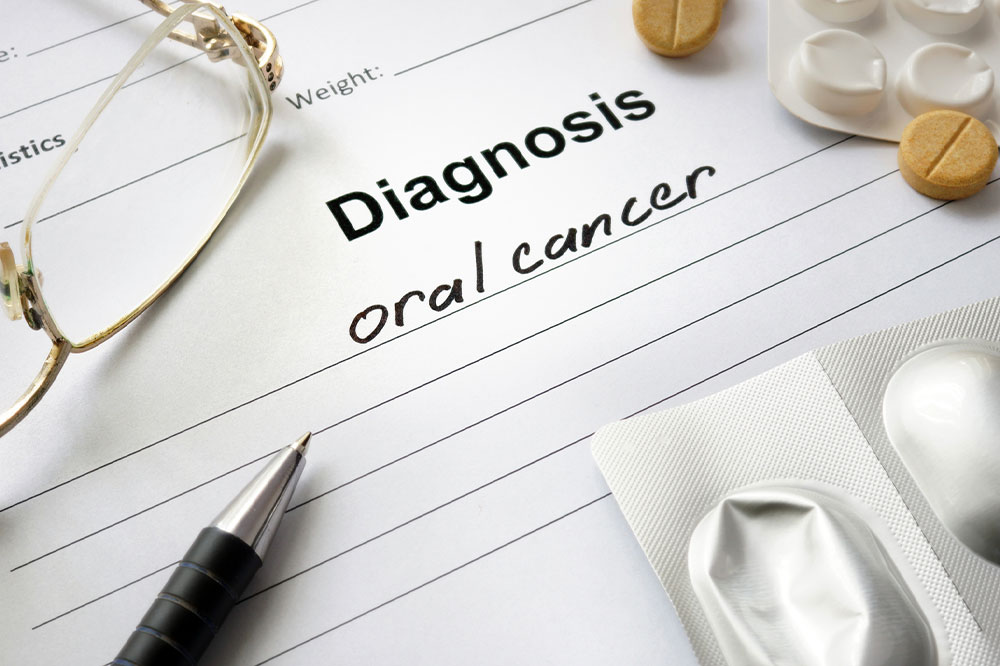Comprehensive Guide to Managing Advanced Oral Cancer: Causes, Symptoms, and Treatment Options
This comprehensive article explores advanced oral cancer, covering its causes, symptoms, diagnostic strategies, and cutting-edge treatment options. It emphasizes early detection, the importance of a multidisciplinary approach, and self-care during treatment. Learn about surgical, radiation, and chemotherapy options, along with supportive measures to enhance recovery and quality of life. Suitable for patients, caregivers, and healthcare professionals, this guide provides valuable insights into managing this complex disease effectively. Staying informed and proactive can make a significant difference in outcomes.

Comprehensive Guide to Managing Advanced Oral Cancer: Causes, Symptoms, and Treatment Options
Oral cancer, also known as mouth cancer, is a serious health condition characterized by abnormal growth of cells within the tissues of the mouth. It can affect the lips, tongue, cheeks, floor of the mouth, roof of the mouth (palate), and the throat. While early detection can significantly improve treatment outcomes, advanced oral cancer poses considerable challenges due to its tendency to invade nearby tissues and metastasize to distant organs. This comprehensive guide aims to provide in-depth insights into the causes, symptoms, early detection strategies, and advanced treatment options for oral cancer, especially in its late stages.
Understanding Advanced Oral Cancer and Its Impact
Oral cancer begins as abnormal proliferation of cells, often starting as a painless sore or ulcer that doesn't heal over time. As it progresses, it can invade neighboring tissues, such as the jawbone, lymph nodes, and organ systems, complicating treatment efforts. Advanced stages are associated with a higher risk of metastasis to vital organs, which lowers survival outcomes significantly. Despite advancements in medical technology and cancer therapies, metastatic oral cancer remains a formidable challenge, with a prognosis that depends heavily on early detection, overall health, and the efficacy of available interventions.
Some of the notable symptoms indicating the transition to an advanced stage include persistent bleeding in the mouth, numbness and tingling sensations, unexplained weight loss, persistent sore throat, difficulty swallowing, jaw stiffness, pain, and voice changes such as hoarseness. Recognizing these early signs is crucial for timely diagnosis and initiating treatment before the cancer spreads further. Visual aids like mouth cancer images can help patients and caregivers identify abnormal lesions and seek medical attention promptly.
Conventional and Advanced Treatment Strategies for Oral Cancer
When it comes to treating advanced oral cancer, clinicians typically adopt a multi-disciplinary approach that may encompass surgery, radiation therapy, chemotherapy, or a combination thereof. The treatment plan depends on the stage of the disease, the location of the tumor, the patient’s overall health, and personal preferences.
Surgical Procedures: In cases of extensive tumor invasion, surgical removal of the malignancy and affected surrounding tissues is often necessary. This may include partial or total removal of the tongue, jawbone, or other structures affected by the tumor. The goal is to eliminate cancer cells and restore function where possible.
Radiation Therapy: Focused radiation treatment employs high-energy rays to target and destroy cancer cells, helping to reduce tumor size, prevent further spread, and alleviate symptoms. In some cases, radiation is used post-surgery as adjuvant therapy to eradicate residual cancer cells.
Chemotherapy: This involves the use of potent drugs to kill rapidly dividing cancer cells. Chemotherapy can be administered systemically through oral or intravenous routes. It is often combined with radiation (chemoradiation) to enhance the overall effectiveness of treatment.
Modern treatment approaches may also include targeted therapy and immunotherapy, especially for refractory or metastatic cases. These therapies aim to interfere with specific molecular pathways involved in cancer progression, offering hope for improved outcomes.
Important Pre-treatment Considerations
Accurate diagnosis and staging are vital. Imaging techniques such as CT scans, MRI, PET scans, and biopsy help determine the extent of disease.
Understanding the potential side effects, treatment goals, and expected prognosis allows patients to make well-informed decisions.
Seeking support from family, friends, and counseling services can assist patients in coping emotionally and practically with the diagnosis.
Consulting multiple healthcare providers for second opinions can provide clarity and optimize treatment strategies.
Managing Treatment Side Effects and Self-Care Tips
Maintain good oral hygiene to prevent infections and other complications during treatment.
Engage in gentle exercises to help maintain physical strength and reduce fatigue.
Follow nutrition advice closely, aiming for a balanced diet that can help sustain energy and improve recovery.
Prioritize mental health by practicing mindfulness, seeking counseling if needed, and connecting with support groups.
Arrange financial counseling or assistance programs to help manage treatment costs and related expenses.
The journey through advanced oral cancer can be physically and emotionally exhausting. Recovery and quality of life are influenced by factors such as age, general health, adherence to treatment, and the availability of social support. Continuous follow-up with healthcare providers is necessary to monitor for recurrence or new symptoms. Early detection remains the most effective tool in improving survival rates and enhancing the quality of life for those diagnosed with this formidable disease.
Conclusion
Effective management of advanced oral cancer requires a comprehensive understanding of the disease, timely diagnosis, and a personalized treatment plan. Advances in medical technology continue to improve the options available, offering hope for better outcomes. Patients, families, and caregivers should work together closely with healthcare professionals to navigate the complexities of treatment and recovery. Staying vigilant and proactive, especially after initial treatment, is essential for early detection of recurrence and maintaining a good quality of life.
Tags – advanced oral cancer management, mouth cancer symptoms, cancer treatment options, mouth cancer images





